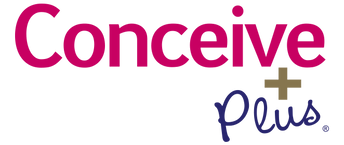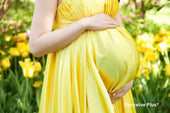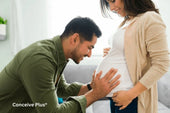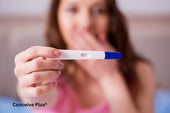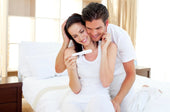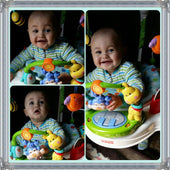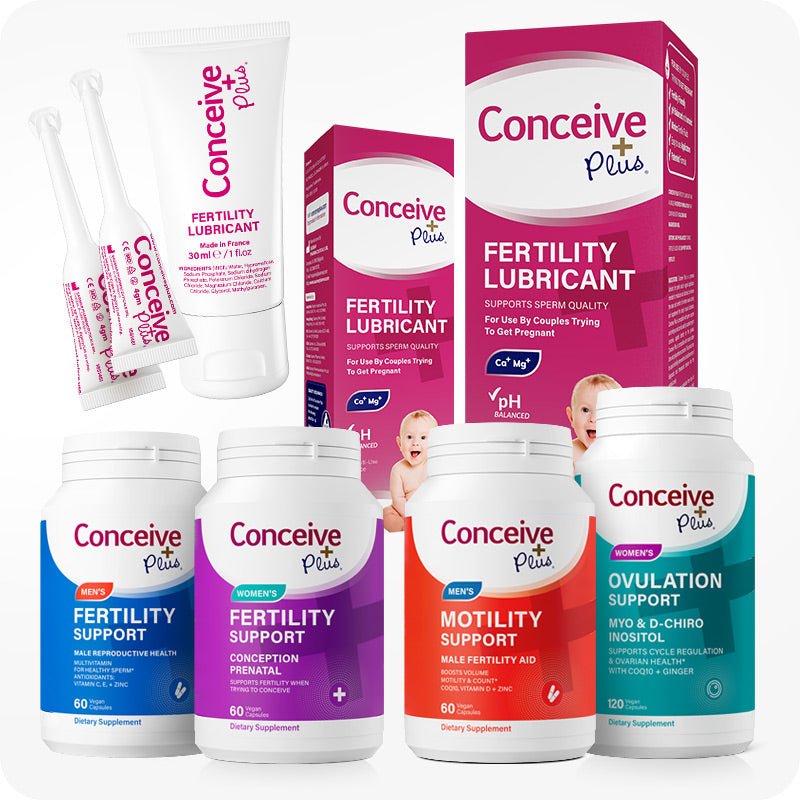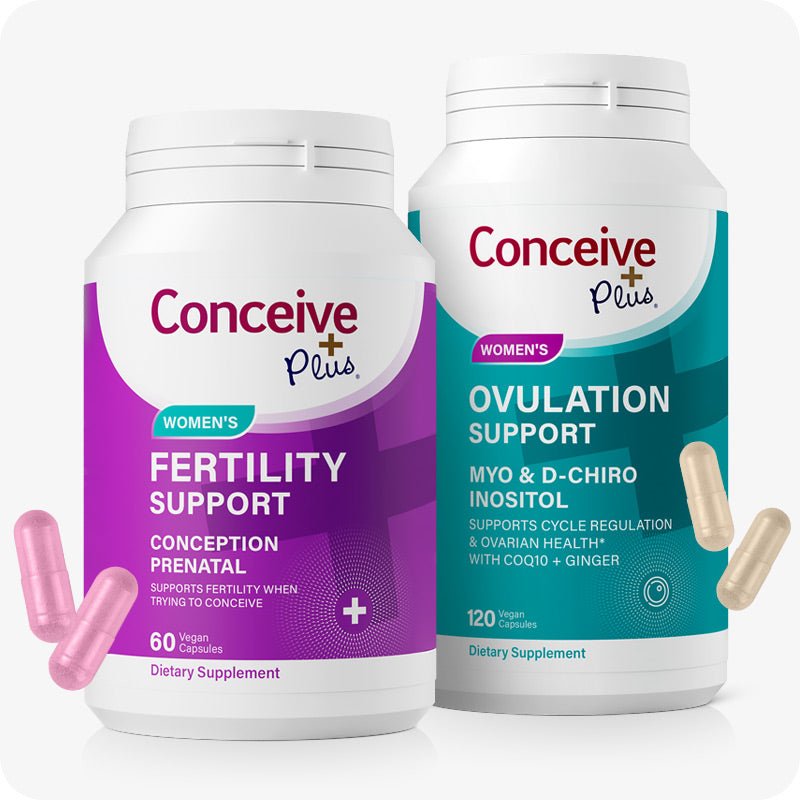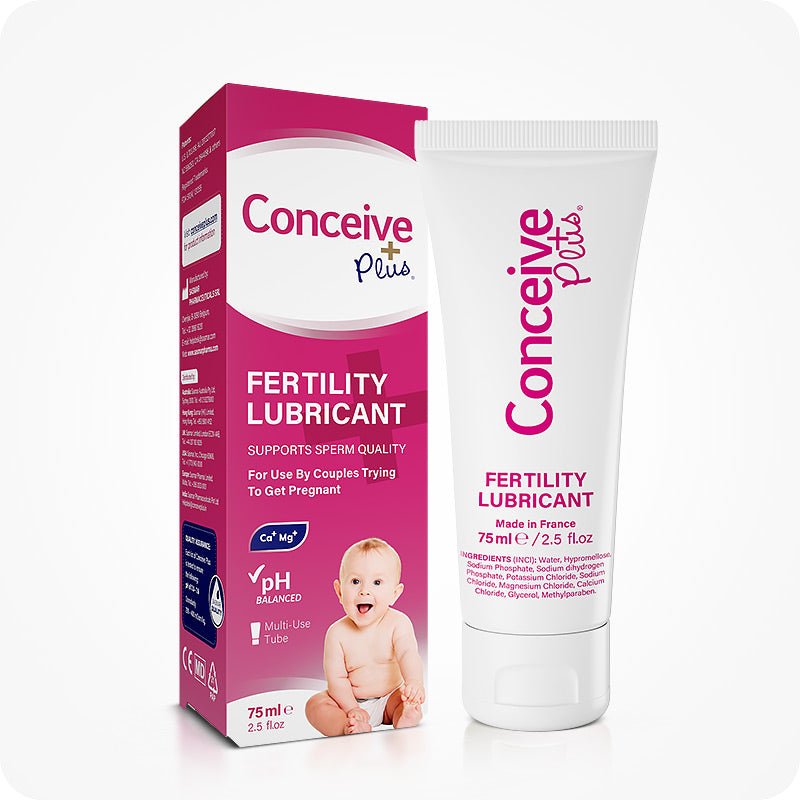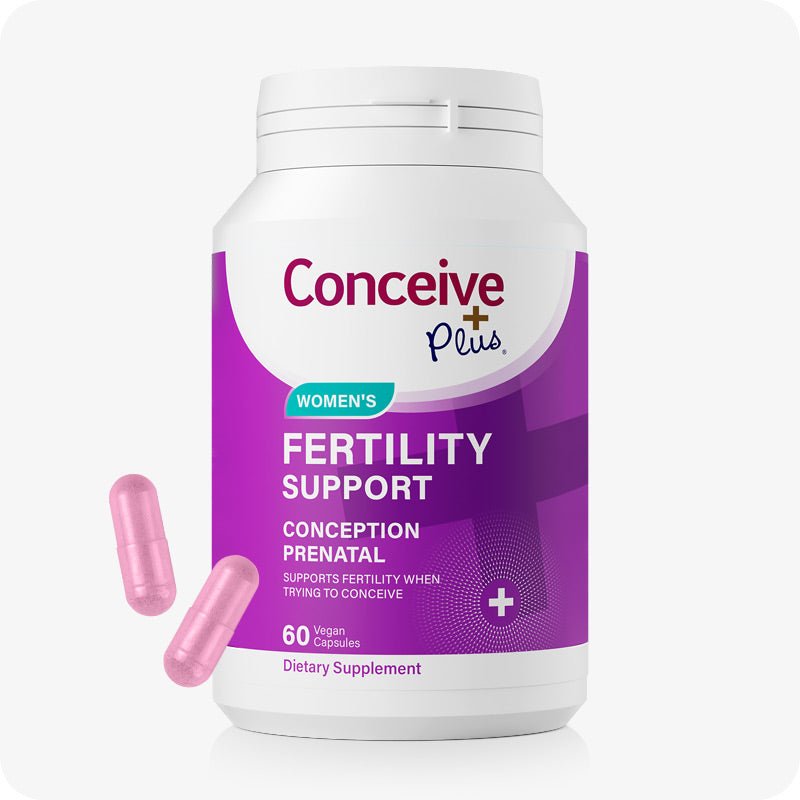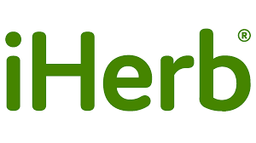Pregnant at 46: Navigating Pregnancy in Your Late 40s
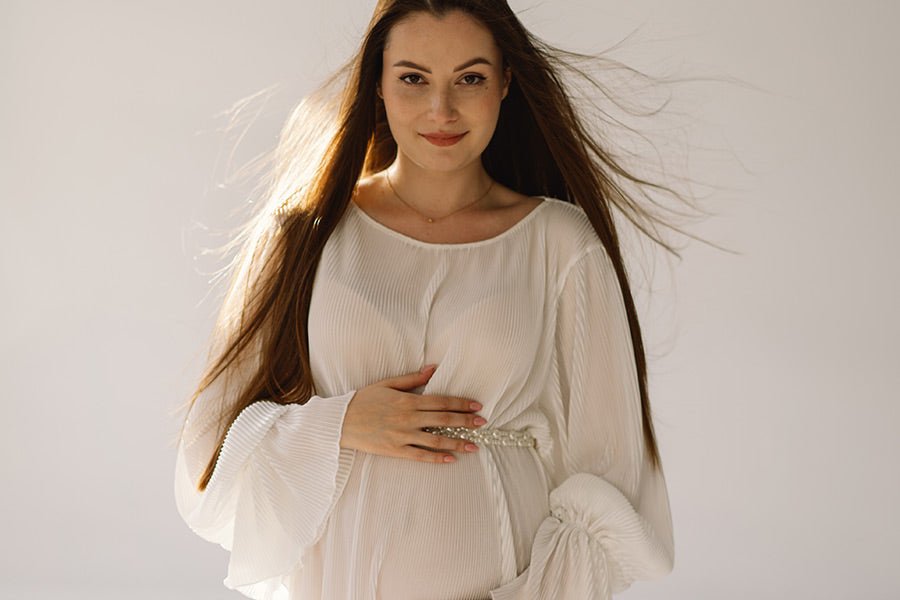
Advances in modern medicine and reproductive technology have redefined the possibilities for women considering motherhood later in life. Techniques like in vitro fertilization (IVF), egg freezing, and the use of donor eggs have opened doors that were previously considered closed. Women now have access to personalized fertility assessments and treatments tailored to their unique biological and medical needs, making pregnant at 46 a more realistic prospect than ever before.
While conceiving naturally in one’s late 40s remains challenging due to declining ovarian reserves and egg quality, it’s far from impossible. Breakthroughs in medical research, such as improved embryo freezing methods and advanced hormonal therapies, have enhanced the success rates of fertility treatments. Additionally, innovations in genetic screening allow doctors to identify the healthiest embryos, reducing the risk of complications associated with chromosomal abnormalities.
For women contemplating pregnancy at 46 or beyond, understanding the complexities, options, and outcomes is essential. Navigating this journey requires a comprehensive understanding of one’s reproductive health, access to expert medical care, and a proactive approach to addressing potential challenges. With the right support, late-age motherhood can become a fulfilling reality for many women.
Biological Realities of Late Pregnancy
A woman’s fertility begins to decline gradually after her mid-30s and more sharply after 40. By 46, the chances of natural conception are significantly reduced due to lower egg quality and quantity. This decrease is tied to the natural aging of ovarian reserves and the increased likelihood of chromosomal abnormalities in eggs. According to the American Society for Reproductive Medicine (ASRM), the odds of conceiving naturally at 40 or later are less than 5% per menstrual cycle [1].
For those wondering, can you get pregnant at 45 or even 46, the answer is yes, but it is rare. Pregnancy risk by age increases significantly, as advanced maternal age introduces additional complexities, such as higher risks of miscarriage, preterm birth, and gestational complications like hypertension and diabetes. These risks stem from the cumulative effects of aging on the reproductive system and overall health. For example, egg quality diminishes as a woman ages, increasing the likelihood of chromosomal issues like Down syndrome or other genetic disorders. Additionally, uterine health may also decline, potentially affecting implantation and the ability to sustain a pregnancy to full term.
Beyond the biological factors, environmental and lifestyle considerations further complicate late-age pregnancies. Stress, exposure to environmental toxins, and underlying health conditions, such as thyroid disorders or polycystic ovary syndrome (PCOS), can exacerbate fertility challenges. However, for women who remain in good overall health and maintain an active lifestyle, the chances, though small, are not zero. Advances in diagnostic tools, such as anti-Müllerian hormone (AMH) testing and antral follicle counts, allow doctors to assess ovarian reserve and provide individualized guidance for women exploring their fertility potential in their late 40s [2].
While the biological odds may be stacked against natural conception, it is important to acknowledge that every individual is unique. A combination of medical support, lifestyle adjustments, and, in some cases, sheer luck has enabled some women to successfully conceive naturally even at advanced ages.
Natural Pregnancy at 46: Is It Possible?
Despite the low statistical likelihood, there are cases of women becoming pregnant at 45 naturally or even later. Women with exceptional ovarian health and favorable genetic factors may conceive without medical intervention. However, these cases are the exception rather than the norm. It is important to emphasize that natural pregnancies at this age often occur under unique circumstances, where a woman’s reproductive system remains more resilient than average.
For those considering how to get pregnant at 47 naturally, lifestyle modifications can play a pivotal role. Maintaining a healthy body weight, following a nutrient-rich diet, managing stress, and avoiding smoking or excessive alcohol can support overall reproductive health. Regular physical activity, such as yoga or moderate exercise, can improve circulation and hormonal balance, further enhancing fertility potential.
Dietary choices are particularly important. Consuming foods rich in antioxidants, omega-3 fatty acids, and essential vitamins and minerals can help counteract oxidative stress, which contributes to aging of the eggs. Key nutrients like zinc, selenium, and iron also play critical roles in reproductive health. Whole foods, including leafy greens, nuts, seeds, and fatty fish, should form the foundation of a fertility-friendly diet [3].
Supplements like folic acid, CoQ10, and vitamin D have shown potential in improving egg quality and overall reproductive health. CoQ10, in particular, has been studied for its ability to enhance mitochondrial function in eggs, which is crucial for their viability. Additionally, acupuncture and other alternative therapies have gained popularity as complementary treatments for boosting fertility and reducing stress, although more research is needed to confirm their efficacy.
It is also essential to monitor menstrual cycles and ovulation patterns closely. Tools such as ovulation predictor kits, basal body temperature tracking, and fertility apps can help identify the most fertile days of the month. Women with irregular cycles may benefit from consulting a fertility specialist to explore underlying causes and potential solutions.
While natural easy pregnancy at 46 or 47 is rare, adopting a proactive approach to reproductive health can maximize the chances of success. For many women, the journey may involve a combination of natural methods and medical interventions, underscoring the importance of personalized care and expert guidance.
Assisted Reproductive Technologies (ART)
For most women in their mid-to-late 40s, assisted reproductive technologies provide a more viable path to pregnancy. Options like in vitro fertilization (IVF) and donor eggs have revolutionized late-age motherhood. The success rates of IVF with a woman’s own eggs at 46 are very low, often less than 1%, due to diminished egg quality. However, using donor eggs significantly increases the chances, with live birth rates comparable to younger women undergoing the same procedure [4].
If you’re asking, can you get pregnant at 47 using modern medicine, the answer is a more optimistic yes, particularly with donor eggs or embryos. These options bypass the challenges of diminished ovarian reserve, allowing women to carry a pregnancy even at advanced ages.
Risks and Complications
Pregnancy at 46 or 47 is not without its risks. These include:
- Miscarriage: Due to chromosomal abnormalities, the risk of miscarriage increases significantly with age.
- Gestational Diabetes and Hypertension: Older maternal age is linked to a higher likelihood of developing these conditions, which can affect both maternal and fetal health.
- Preterm Labor and Low Birth Weight: Babies born to older mothers are at a higher risk of being premature or having low birth weight.
- C-section Deliveries: The probability of requiring a cesarean delivery rises in pregnancies at advanced maternal ages.
However, with comprehensive prenatal care, many women have successfully navigated these challenges. Working with a skilled obstetrician experienced in high-risk pregnancies is crucial for monitoring and managing potential complications.
Pregnancy at 46: Statistics and Insights
Pregnancy at 46 statistics offer a clear perspective on the likelihood of conception and successful delivery. Studies suggest that the live birth rate for women using their own eggs at this age is less than 1%. For those utilizing donor eggs, success rates range between 40% and 60%, depending on the clinic and specific circumstances [5].
The Centers for Disease Control and Prevention (CDC) report that approximately 0.3% of live births in the United States occur in women aged 45-49, reflecting both the rarity and growing feasibility of late-age motherhood with medical assistance [6].
Emotional and Social Considerations
Late-age pregnancy often comes with unique emotional and social dynamics. Women in their late 40s may experience concerns about age-related stigma, energy levels for parenting, and long-term health. Additionally, couples navigating fertility treatments may face emotional and financial stress.
Support groups and counseling can provide valuable resources for addressing these challenges. Connecting with others who have undergone similar experiences can help normalize late-age motherhood and foster a sense of community.
Steps Toward Parenthood in Your Late 40s
For women aiming to conceive at 46 or later, a proactive approach is key. Here are steps to consider:
- Consult a Fertility Specialist: Comprehensive testing, including hormone levels and ovarian reserve assessments, can provide a clearer picture of your reproductive potential.
- Explore ART Options: Discuss the possibility of IVF, donor eggs, or surrogacy with your specialist to identify the best path forward.
- Prioritize Preconception Health: Focus on optimizing your physical and mental well-being to create the best environment for conception and pregnancy.
- Stay Informed: Research the latest advancements in reproductive medicine and seek second opinions if necessary.
- Build a Support Network: Surround yourself with friends, family, and professionals who can provide encouragement and guidance throughout your journey.
Success Stories: Breaking the Norm
In recent years, numerous women have shared their experiences of becoming 46 and pregnant or even 47 and pregnant. These stories reflect both the challenges and triumphs of late-age motherhood, offering inspiration to others on similar paths. High-profile cases, often involving the use of ART, have also helped normalize pregnancy at advanced ages and expand societal perceptions of motherhood.
One notable example is a woman who successfully conceived at 46 after years of fertility treatments, ultimately using donor eggs. Her journey, marked by persistence and unwavering hope, became a beacon of encouragement for many others. Another case involves a 47-year-old mother who, through natural conception, defied odds and welcomed a healthy baby. These narratives not only demonstrate the resilience and determination of women but also highlight the importance of advanced medical care and support systems.
Additionally, celebrities and public figures sharing their late-age motherhood stories have further contributed to breaking societal taboos. Their openness has paved the way for greater acceptance and understanding, reinforcing that motherhood at any age is a deeply personal and empowering choice. Such stories inspire others to pursue their dreams of parenthood despite the challenges.
The Bottom Line
Becoming pregnant at 46 is undoubtedly a complex journey, but it’s one filled with possibilities. Whether through natural conception or assisted reproductive technologies, countless women have successfully achieved their dreams of motherhood later in life. By staying informed, prioritizing health, and exploring all available options, the path to parenthood can be navigated with confidence and hope.
References:
- Wesselink AK, Rothman KJ, Hatch EE, Mikkelsen EM, Sørensen HT, Wise LA. Age and fecundability in a North American preconception cohort study. Am J Obstet Gynecol 2017:667.e1–8
- Cavazos-Rehg PA, Krauss MJ, Spitznagel EL, Bommarito K, Madden T, Olsen MA, Subramaniam H, Peipert JF, Bierut LJ. Maternal age and risk of labor and delivery complications. Matern Child Health J. 2015 Jun;19(6):1202-11. doi: 10.1007/s10995-014-1624-7. PMID: 25366100; PMCID: PMC4418963.
- Qin Y, Xie L. Nutrition and Supplements during Pregnancy: A Vital Component in Building the Health and Well-Being of Both the Mother and the Developing Baby. Nutrients. 2023 Jul 31;15(15):3395. doi: 10.3390/nu15153395. PMID: 37571332; PMCID: PMC10420914.
- Aflatoonian A, Eftekhar M, Mohammadian F, Yousefnejad F. Outcome of assisted reproductive technology in women aged 40 years and older. Iran J Reprod Med. 2011 Fall;9(4):281-4. PMID: 26396576; PMCID: PMC4576428.
- Gupta P, Banker M, Patel P, Joshi B. A study of recipient related predictors of success in oocyte donation program. J Hum Reprod Sci. 2012 Sep;5(3):252-7. doi: 10.4103/0974-1208.106336. PMID: 23531511; PMCID: PMC3604831.
- Michelle J.K. Osterman, M.H.S., Brady E. Hamilton, Ph.D., Joyce A. Martin, M.P.H., Anne K. Driscoll, Ph.D, Claudia P. Valenzuela, M.P.H. Births: Final Data for 2022. National Vital Statistics System. Volume 73, Number 2. [Published- April 4, 2024]. Available online: https://www.cdc.gov/nchs/data/nvsr/nvsr73/nvsr73-02.pdf
